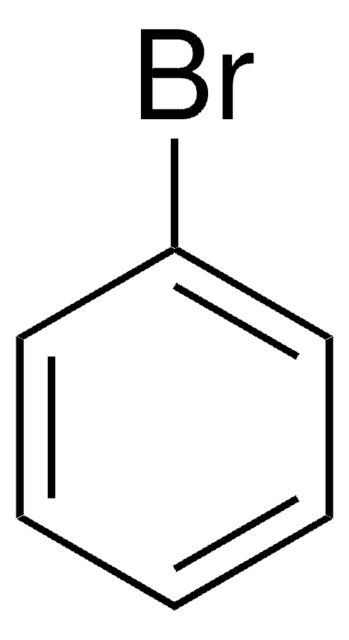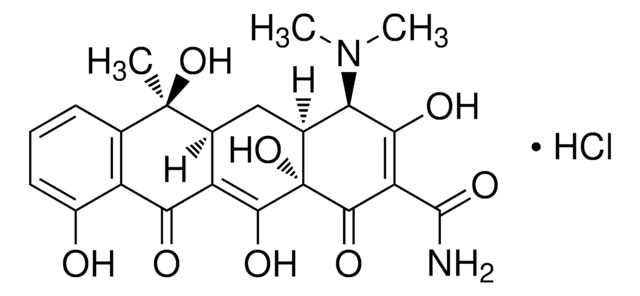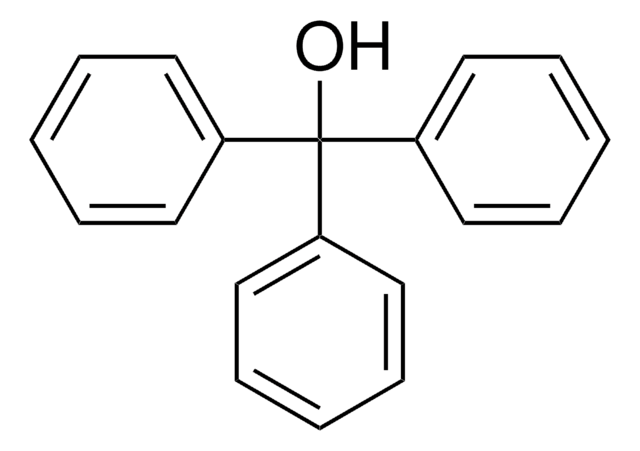Key Documents
19-3900
Methyl Orange
SAJ first grade
Synonim(y):
4-[4-(Dimethylamino)phenylazo]benzenesulfonic acid sodium salt, Acid Orange 52, Helianthin, Orange III
About This Item
Polecane produkty
klasa czystości
SAJ first grade
Postać
solid
dostępność
available only in Japan
pH
3.0-4.4, pink to yellow
ciąg SMILES
[Na+].CN(C)c1ccc(cc1)\N=N\c2ccc(cc2)S([O-])(=O)=O
InChI
1S/C14H15N3O3S.Na/c1-17(2)13-7-3-11(4-8-13)15-16-12-5-9-14(10-6-12)21(18,19)20;/h3-10H,1-2H3,(H,18,19,20);/q;+1/p-1/b16-15+;
Klucz InChI
STZCRXQWRGQSJD-GEEYTBSJSA-M
Szukasz podobnych produktów? Odwiedź Przewodnik dotyczący porównywania produktów
Hasło ostrzegawcze
Danger
Zwroty wskazujące rodzaj zagrożenia
Zwroty wskazujące środki ostrożności
Klasyfikacja zagrożeń
Acute Tox. 3 Oral
Kod klasy składowania
6.1C - Combustible acute toxic Cat.3 / toxic compounds or compounds which causing chronic effects
Klasa zagrożenia wodnego (WGK)
WGK 3
Temperatura zapłonu (°F)
Not applicable
Temperatura zapłonu (°C)
Not applicable
Środki ochrony indywidualnej
Eyeshields, Faceshields, Gloves, type P2 (EN 143) respirator cartridges
Certyfikaty analizy (CoA)
Poszukaj Certyfikaty analizy (CoA), wpisując numer partii/serii produktów. Numery serii i partii można znaleźć na etykiecie produktu po słowach „seria” lub „partia”.
Masz już ten produkt?
Dokumenty związane z niedawno zakupionymi produktami zostały zamieszczone w Bibliotece dokumentów.
Nasz zespół naukowców ma doświadczenie we wszystkich obszarach badań, w tym w naukach przyrodniczych, materiałoznawstwie, syntezie chemicznej, chromatografii, analityce i wielu innych dziedzinach.
Skontaktuj się z zespołem ds. pomocy technicznej






